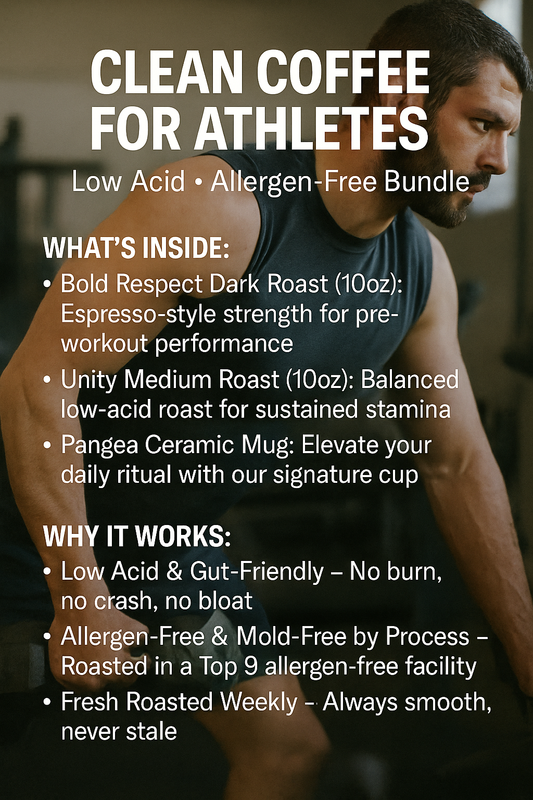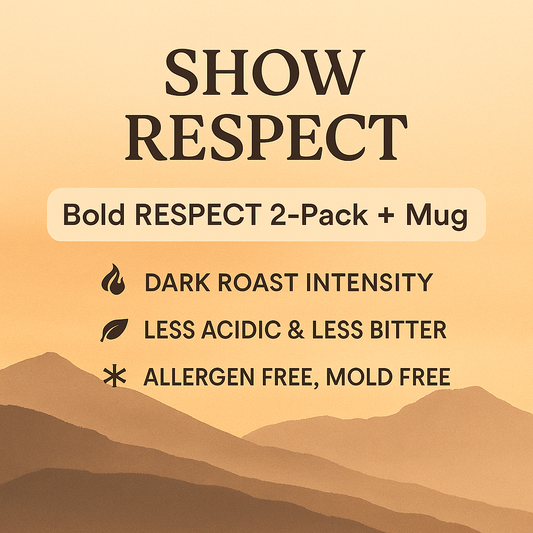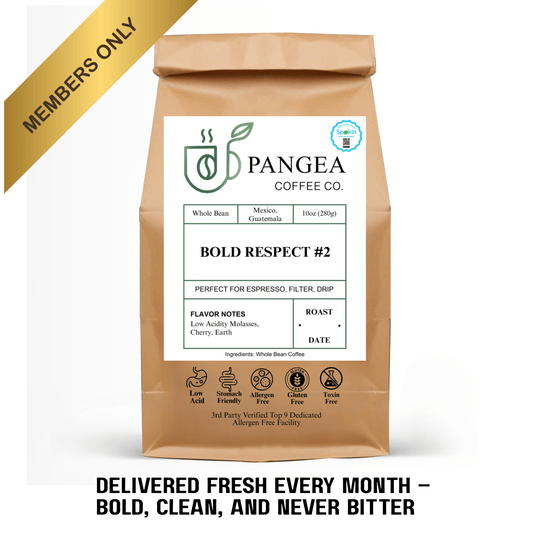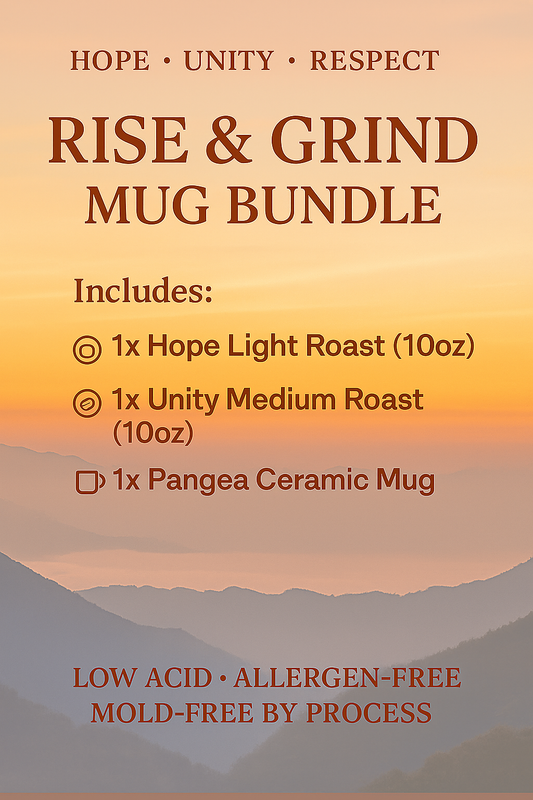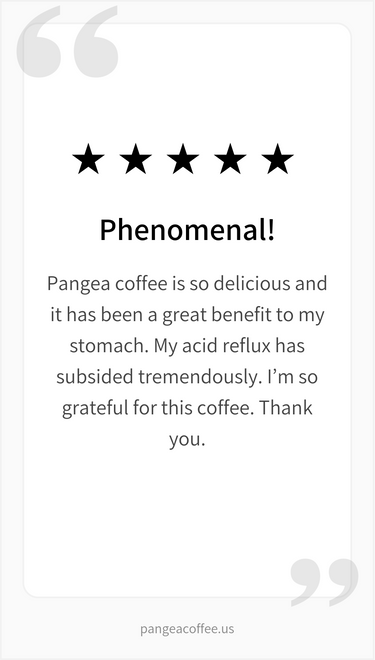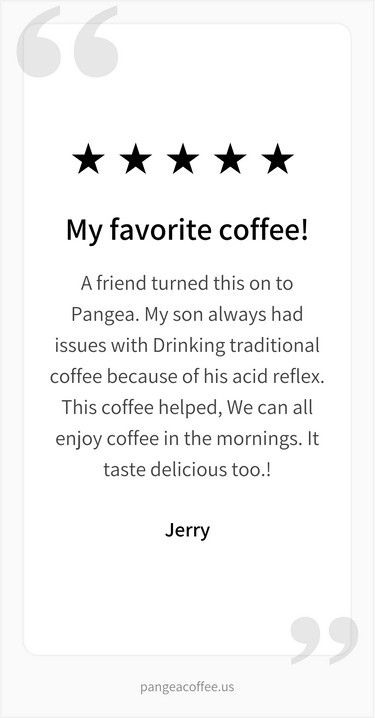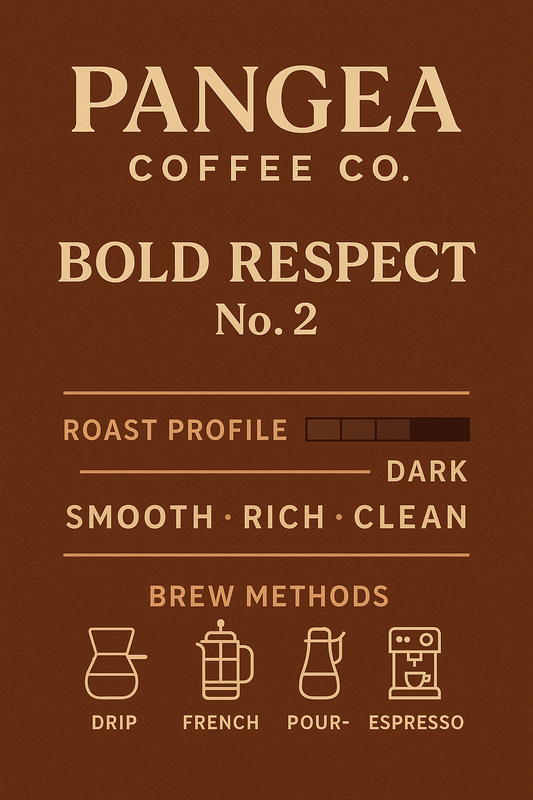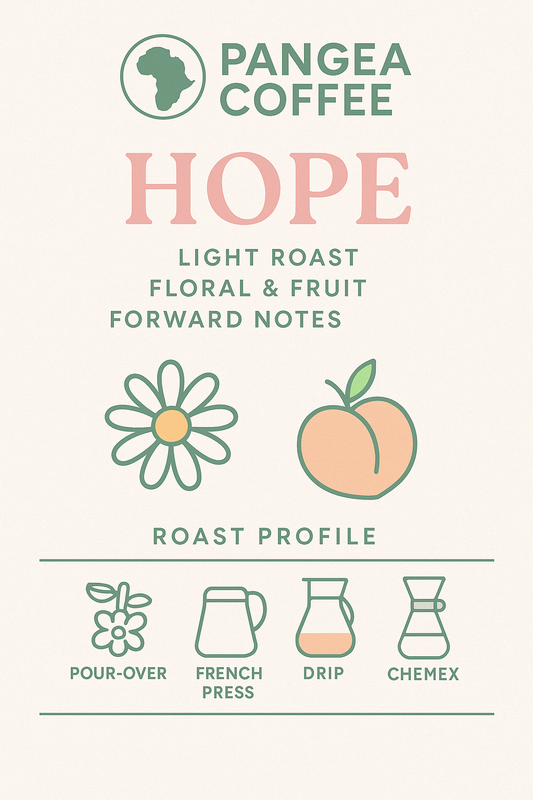The Surprising Benefits of Coffee Without Mold and Allergens
Health Risks of Moldy Coffee
Mold in coffee is something not everyone thinks about, but it can sneak into your morning brew without you knowing. Mold spores can enter coffee from the farm to your cup, especially if the beans aren’t handled properly. When this happens, mold can grow and produce harmful compounds called mycotoxins. Mold in coffee can have various health risks.
One of the biggest concerns with moldy coffee is the accidental ingestion of mycotoxins. Ochratoxin A, for example, is both carcinogenic and immunotoxic. People who consume mold-contaminated coffee may experience fatigue, headaches, or weakened immune responses. Those with mold allergies may see worsened asthma symptoms or respiratory issues.
While coffee is known for its health benefits—such as antioxidants and improved alertness—mold and mycotoxins can strip those advantages away. Continued exposure to moldy coffee can lead to chronic health problems like digestive disorders, liver issues, and immune suppression. Mentally, ongoing fatigue and discomfort can increase stress and reduce productivity.
What’s more, moldy coffee often tastes and smells normal, making it hard to detect. This makes it especially important to buy coffee from reputable brands that conduct quality control testing for mold and mycotoxins.
How to Ensure Your Coffee is Mold-Free
The first step in avoiding moldy coffee is to buy from brands that prioritize quality and safety. Reputable roasters like Pangea Coffee test their beans for mold and other toxins to ensure every cup is clean and safe.
Once you’ve purchased clean coffee, proper storage is essential. Store your beans in a cool, dry place away from sunlight, ideally in an airtight container. Avoid the fridge or freezer, as temperature fluctuations can cause condensation that encourages mold growth.
Use fresh beans whenever possible. Ground coffee has a larger surface area, making it more vulnerable to moisture and mold. Only grind what you need for immediate use.
Your environment also matters. High humidity and poor ventilation increase the risk of mold, so store your coffee in a space that is well-ventilated and dry. Coffee grown in humid regions is more mold-prone, so knowing your bean’s origin can also help you make better choices.
Packaging also plays a role. Choose coffee sold in vacuum-sealed bags or those with one-way valves to preserve freshness and reduce exposure to air and moisture. And finally, choose brands that offer transparency about their sourcing, roasting, and testing processes.
Benefits of Choosing Mold-Free Coffee
Switching to mold-free coffee can have a significant positive impact on your health and wellbeing. Avoiding mycotoxins reduces your risk of allergies, immune suppression, and chronic fatigue. It also supports a stronger immune system and better digestive health.
Beyond health, mold-free coffee often tastes noticeably better. With fewer contaminants, the natural flavor of the beans shines through—delivering a smoother, richer cup. Coffee lovers often find that clean coffee is more aromatic and balanced.
By choosing allergen-free, mold-free coffee from trusted brands like Pangea Coffee, you’re not only making a healthier choice—you’re upgrading your coffee experience entirely.
Ready to try the cleanest coffee you’ve ever had? Shop Pangea’s mold-free coffees now.


